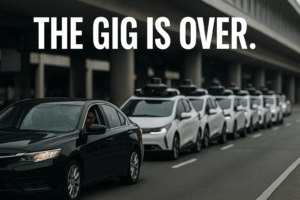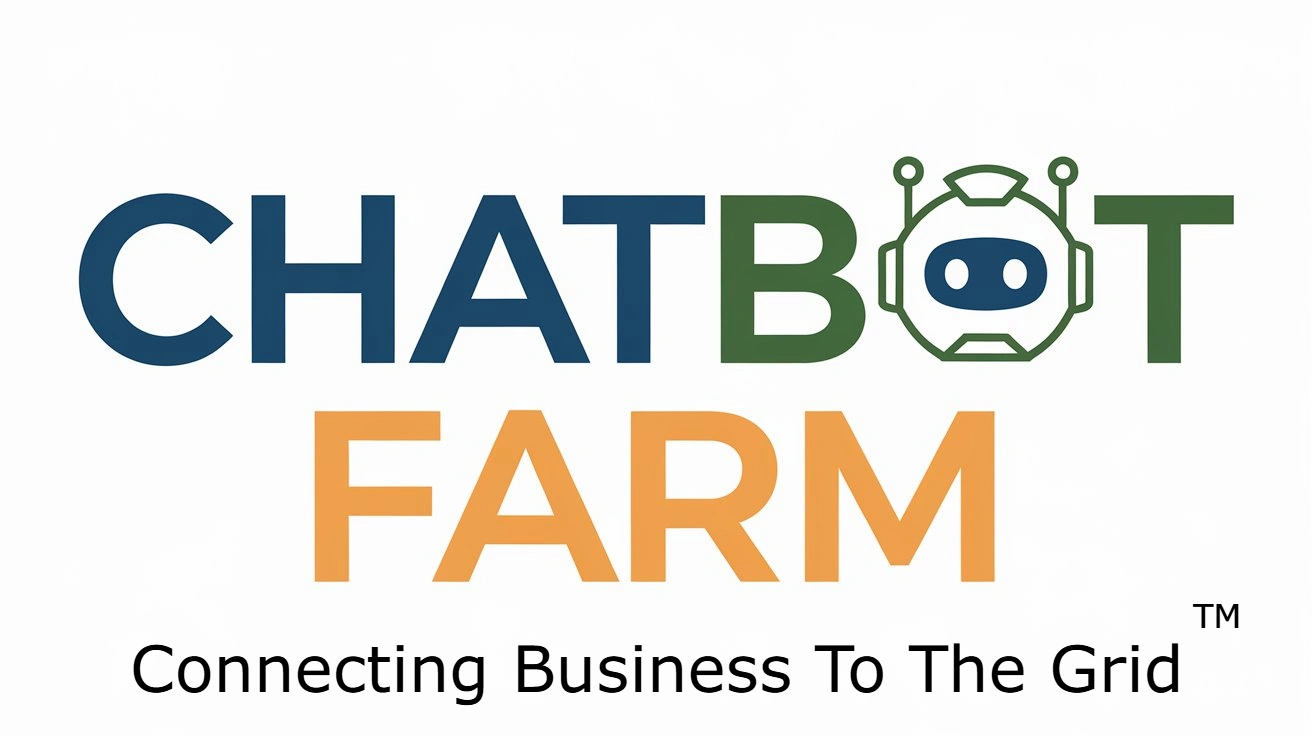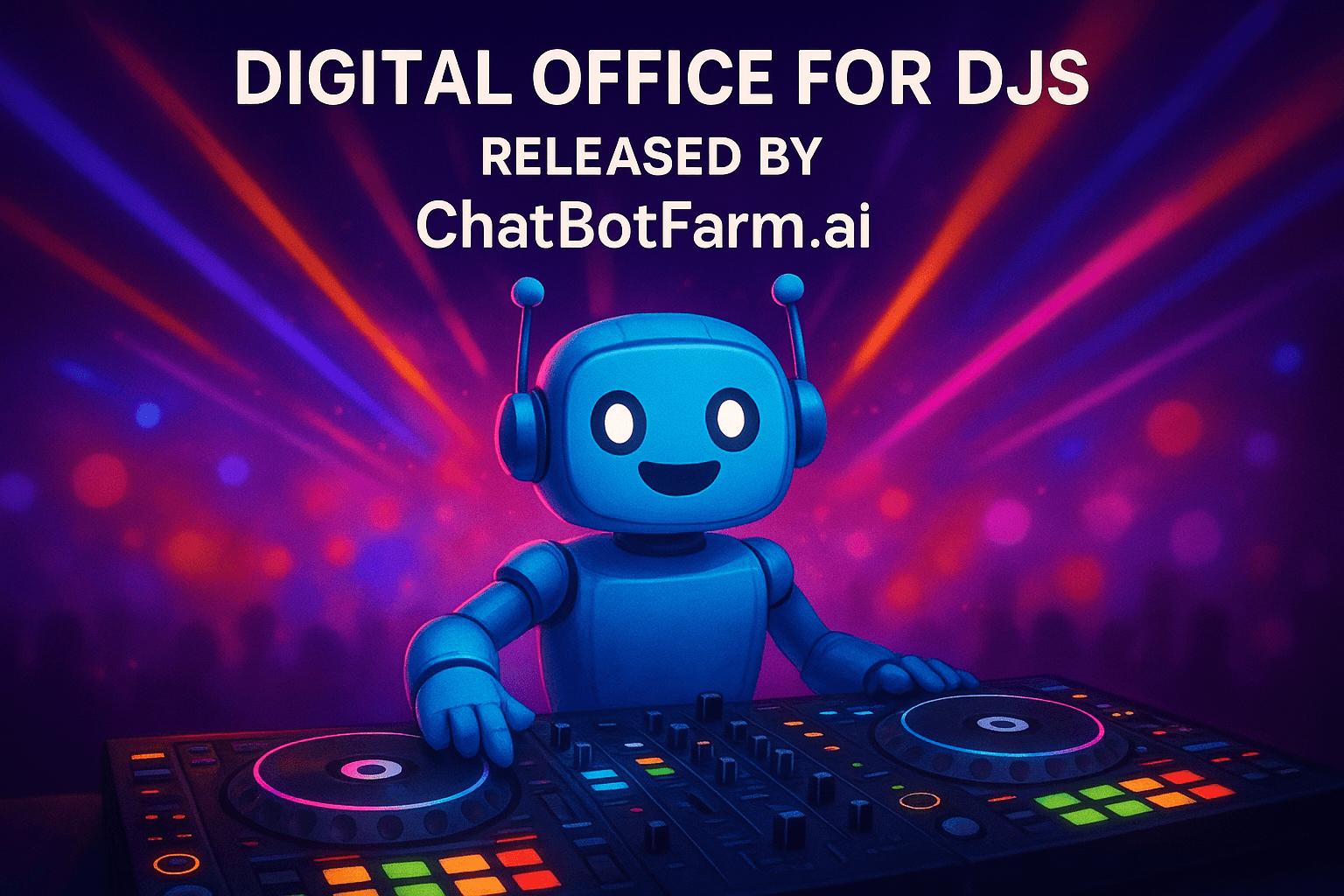
The image of a driver pulling up at an airport, surrounded by a fleet of driverless cars, is more than a snapshot of innovation—it’s a glimpse into the future. And that future may not have room for what we once called the gig economy.
When ride-sharing apps first launched, they sold a dream: flexibility, independence, and the chance to turn your car into a money-making machine. For many, it sounded like entrepreneurship without the risk. A quick side hustle. A “gig.”
But here’s the catch: it was never truly entrepreneurship.
The Marketing Trick of the “Gig”
Words matter. By calling it a gig, companies positioned driving (or hosting, or delivering) as something casual—an extra stream of income. But let’s be honest: it’s your car, your lease, your insurance headaches, your maintenance bills. Meanwhile, the companies behind the apps held the real power. They wrote the code, they controlled the pricing, they negotiated the insurance, and they decided how much of the fare you got to keep.
This wasn’t a partnership—it was dependency dressed up as independence.
History Repeats Itself
This isn’t the first time industries have been disrupted by new technology. Just ask taxi medallion owners, or the music industry executives blindsided by digital streaming. Businesses (and workers) who fail to adapt get left behind.
Now, we’re witnessing the same shift again—this time with the gig economy itself. Automation is here, and the companies who pioneered the gig model are already moving to the next logical step: replacing the worker altogether.
From Gigs to Crews
There’s another piece to this story: how people organize to offer services. In construction, restaurants, and even digital services, we’re seeing a new trend emerge: teams and crews banding together, often under the umbrella of Business Process Outsourcing (BPO) companies.
BPOs have already swallowed up office jobs worldwide, handling customer service, accounting, and back-office work for pennies on the dollar. Now, the same model is creeping into physical and service-based industries. Instead of “one driver, one car,” the future is about coordinated teams offering bundled services—whether that’s property maintenance, food delivery, or logistics.
857 For Hire: The Next Step Beyond the Gig
One example of this new model is 857 For Hire Construction Crews LLC. Instead of a hierarchy of managers and layers of bureaucracy, the company operates through a digital office powered by ChatbotFarm.ai.
Here’s how it works:
- Customers place orders online and receive direct quotes instantly.
- Painters, flooring specialists, framers, tilers, and electricians all work as independent contractors.
- Jobs are assigned, scheduled, and organized based on seniority and role clarity—everyone knows their part.
- Work is maintained at high quality because accountability is built into the system, not enforced by middle management.
It’s a crew-driven model: no micromanaging, no wasted time, just skilled tradespeople coordinated by technology.
And the same concept is being rolled out to ghost kitchens. The chef runs the menu and the kitchen. If the business grows, they hire staff. Meanwhile, ChatbotFarm.ai handles the digital backbone—orders, payments, marketing, customer communication. The IT team doesn’t tell the chef how to cook; they simply keep the digital infrastructure running. One team takes care of the kitchen, another takes care of the office.
This is where the gig economy is evolving: from isolated individuals working for a platform, to entrepreneurial crews and kitchens running lean businesses with shared tech stacks.
The Harsh Reality for Drivers
If you want to keep driving as your main source of income, it’s no longer just passengers—you’ll also need to deliver food, packages, maybe even do warehouse runs. But even then, survey after survey shows payouts are dropping, companies are tightening margins, and drivers are working longer hours for less.
And let’s not forget: there are no pensions, no vacation days, no health benefits. It’s a grind without a safety net.
The Entrepreneur’s Choice
The next chapter isn’t about “easy gigs.” It’s about stepping into real entrepreneurship. That means responsibility—building systems, managing teams, and thinking long-term. Unlike the illusion of gig work, entrepreneurship can offer vacations, retirement savings, and financial stability—but only if you build with the right structure.
The writing on the wall is clear: the “gig economy” as we know it is closing fast. For those who adapt—by forming teams, leveraging automation, or adopting digital office models like 857 For Hire and ChatbotFarm.ai—there’s still opportunity. For those who cling to the idea of the gig as a lifeline, the future may look a lot like the photo above: one lone driver, staring at the line of self-driving cars that are about to take his place.
The gig is over. The question is: what’s next for you?

